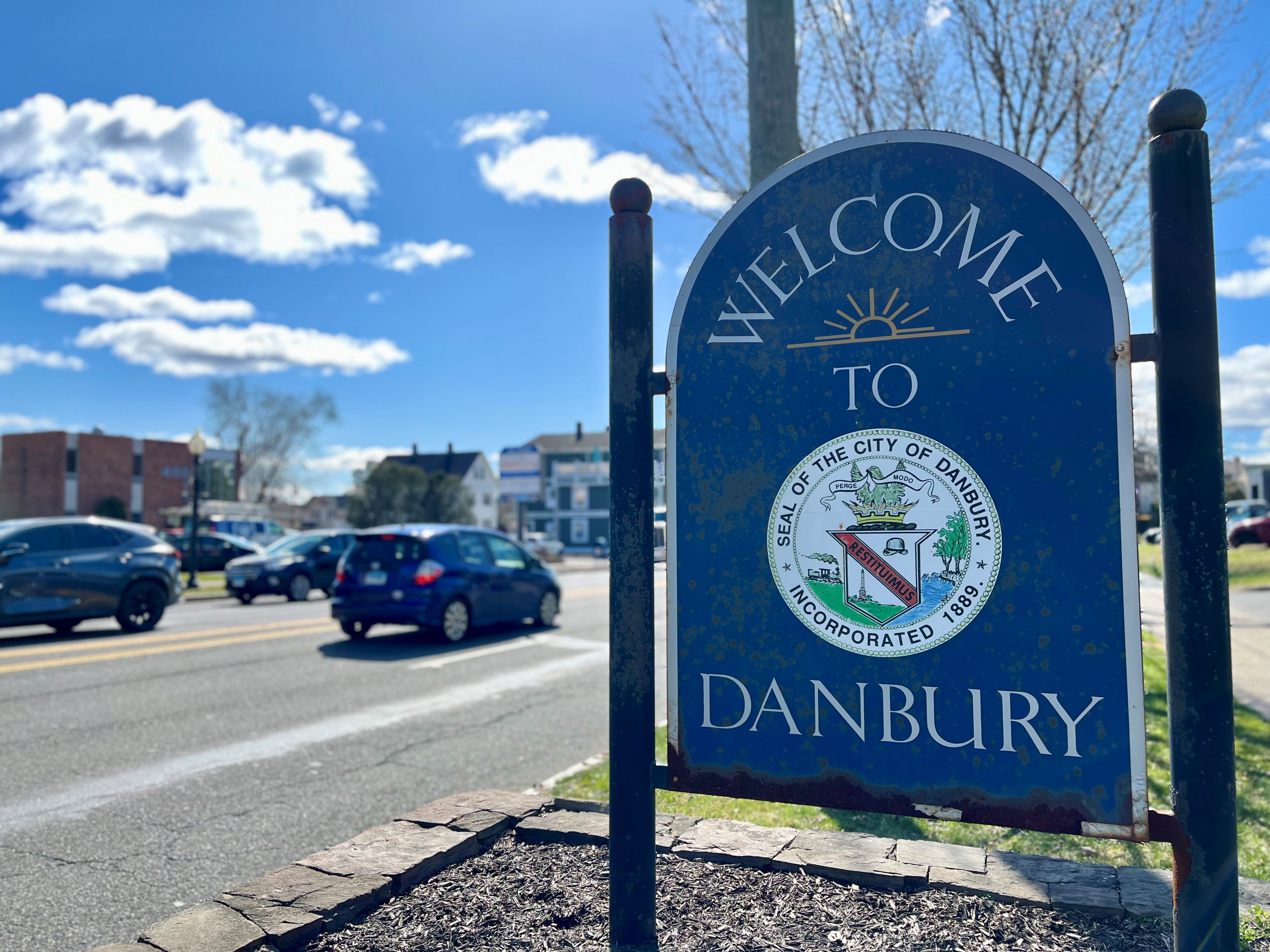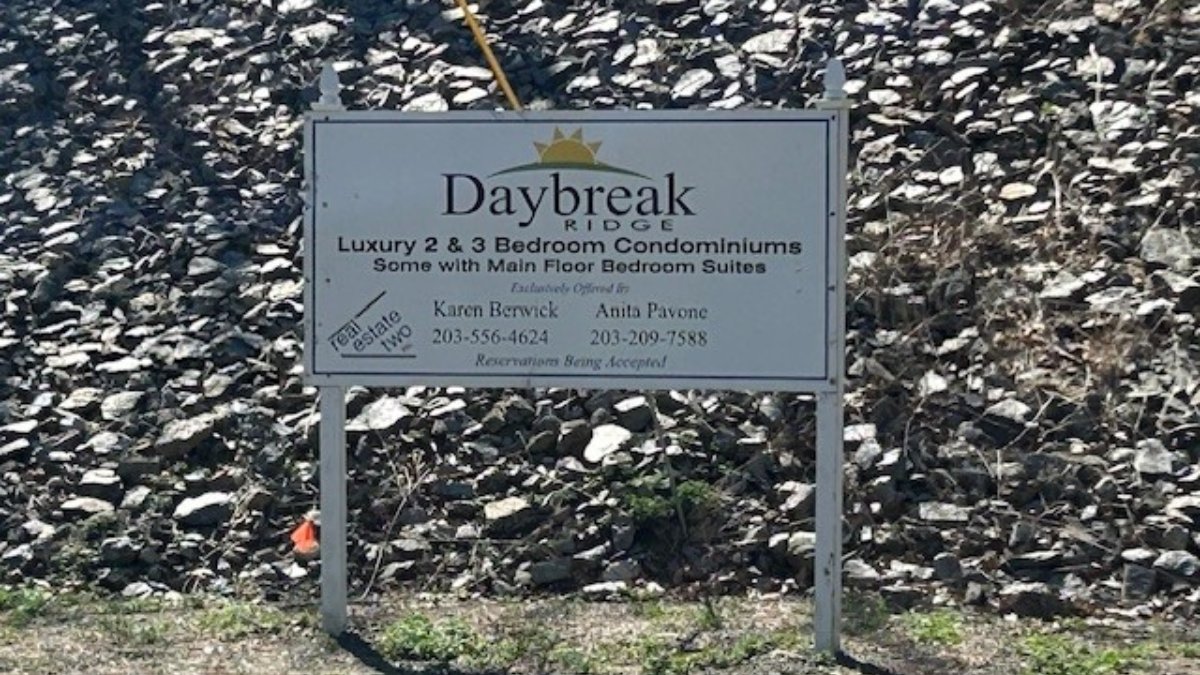Getting a good night's rest has a lot to do with where in Connecticut you live. NBC Connecticut Investigates is looking into what is keeping some people up at night and if there is anything that can be done about it.
"There's a lot of noise. The traffic, the fire trucks, the buses, people yelling in the middle of the night," said Aubrey Lucas, a Hartford resident who happens to reside the neighborhood where the most people are getting the least sleep.
"I do get about five hours of sleep, here and there," said Lucas. “Sometimes I do more. You get used to it, I guess," he said.
Lucas and his 14-year-old, also named Aubrey, live in the Upper Albany section of Hartford in the area between Greenfield, Irving and Woodland streets and Albany Avenue.
It is the most sleep-deprived spot in the state, according to the 500 Cities Project, a database created by the U.S. Centers for Disease Control and Prevention and the Robert Wood Johnson Foundation.
The research provides a close-up view of the health of 100 million Americans living in 27,000 neighborhoods in all 50 states.
Source: CDC, Census Bureau
Credit: Sam Hart/NBC
Local
"I put my headphones on sometimes, listen to the music and just zone out; forget about what's going on outside," said Lucas.
The data pointed to where Aubrey and Aubrey live as home to the state's highest percentage, 48.4 percent, of people getting less than seven hours of sleep per day.
"Noises and lights are distractors for your sleep," said Dr. Asher Qureshi, director of the Sleep Center at St. Francis Hospital. Qureshi said where someone lives does make a difference in their sleep.
"How safe you feel, what kind of diet you have; those all impact your ability to sleep," said Qureshi. "If you are in an environment which is dangerous where you are worried about break-ins, your sleep will not be as solid."
The data analyzed also found the areas in Connecticut where people are reporting getting the most sleep.
About 75 miles southwest from the capitol city is the Rowayton neighborhood of Norwalk. It is a quiet, coastal community where sleep seems to be taken very seriously.
"You go to bed early and you're energized to get up early," said Matt Coffin, a Rowayton resident. "You're on the water so it's very quiet and relaxing and there's also no major nightlife here," he said.
"It's kind of weird that this small town is like the best at sleeping," said Sky Coffin, Matt's son.
According to the data analyzed by NBC Connecticut Investigates finds, only 29.4 percent of people in Rowayton are getting less than 7 hours of sleep each day.
"I think it's right," said Mr. Coffin. "Rowayton is super low stress."
It is not only the amount of sleep that differentiates these two neighborhoods. According to U.S. Census data, the median household income in that specific Hartford area is $21,128 per year. In Rowayton, the median household income is $150,441 annually.

Another differentiating factor, according to the data, is that 16 percent of the Hartford neighborhood's households are owner-occupied, compared with 79 percent owner-occupancy in Rowayton.
Qureshi said there are ways for people to get more, quality sleep no matter where they are.
"Try to get rid of the stress that is keeping you up. If you can identify what is keeping you up you can deal with that," Qureshi. "The next step is fixing your bed times and improving your schedules, going to bed at the right time and make your environment comfortable."
About The Story
This story is based on the 500 Cities Project, a database created by the U.S. Centers for Disease Control and Prevention with funding from the Robert Wood Johnson Foundation and the CDC Foundation.
500 Cities takes information from the Behavioral Risk Factor Surveillance System, an annual phone survey of 400,000 households. It joins this data with the Census Bureau's American Community Survey, which collects demographic, social and economic data from nearly 3 million households each year. Through statistical modeling, 500 Cities then makes estimates at the census tract level.
The 500 Cities Project covers the nation's 497 largest cities, ranging from New York (population 8.2 million) to Schenectady, NY (population 66,000), plus three smaller cities in order to extend coverage to all 50 states: Cheyenne, Wyoming, Charleston, West Virginia, and Burlington, Vermont.



